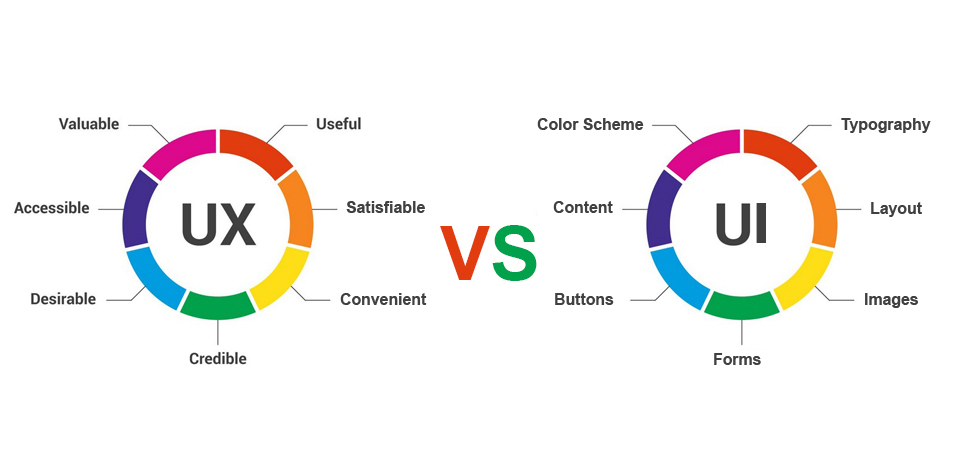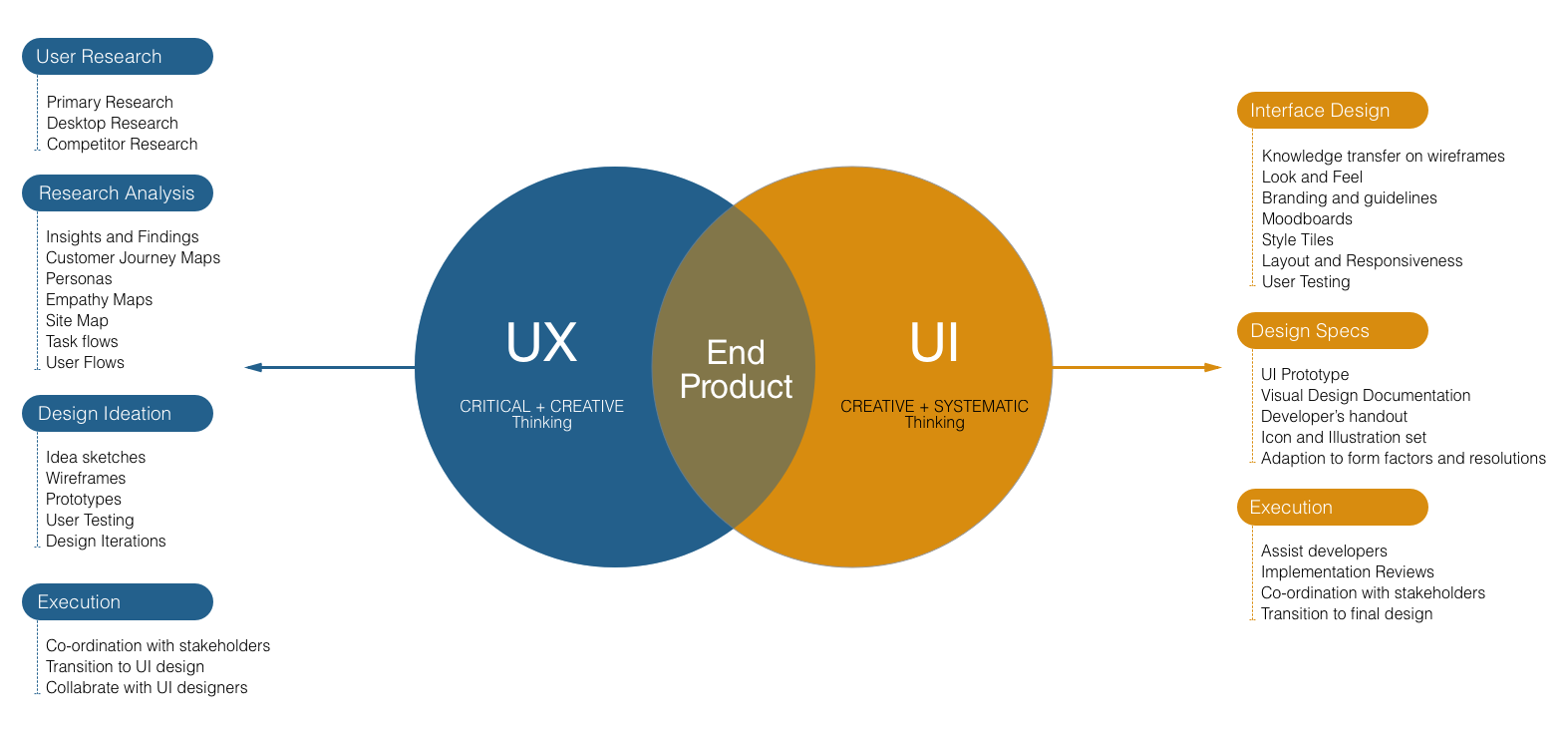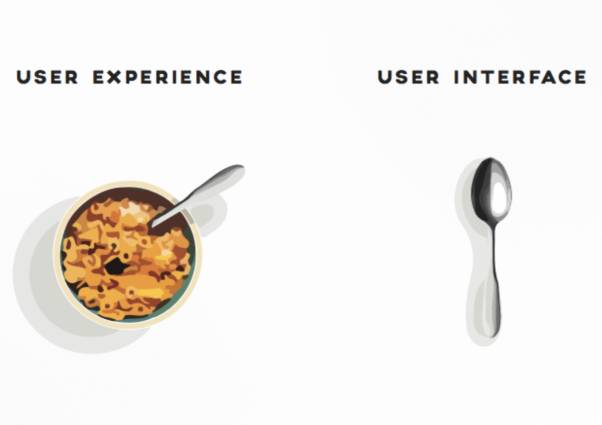
What is UI?
UI is anything a user may interact with to use a digital product or service. This includes everything from screens and touchscreens, keyboards, sounds, and even lights. UI designers work not just on computer interfaces, but mobile phones, augmented and virtual reality, and even “invisible” or screenless interfaces (also referred to as zero UI) like voice, gesture, and light.
Today’s UI designer has nearly limitless opportunities to work on websites, mobile apps, wearable technology, and smart home devices, just to name a few. As long as computers continue to be a part of daily life, there will be the need to make the interfaces that enable users of all ages, backgrounds, and technical experience can effectively use.
What is UX?
User experience, or UX, evolved as a result of the improvements to UI. Once there was something for users to interact with, their experience, whether positive, negative, or neutral, changed how users felt about those interactions. Don Norman is credited with coining the term, “user experience” back in the early 1990’s when he worked at Apple and defines it as follows, ‘User experience’ encompasses all aspects of the end-user’s interaction with the company, its services, and its products’. That’s a broad definition that could encompass every possible interaction a person could have with a product or service—not just a digital experience. Some UX professionals have opted for calling the field customer experience, and others have gone a step further to simply refer to the field as experience design. No matter what it’s called, Norman’s original definition of UX is at the core of every thought experience design—it’s all-encompassing and always centered around the human being it’s interacting with.
To understand what makes an experience a good one, Peter Moreville developed a great visual to highlight what goes into effective UX design. UX designers are responsible for ensuring that the company delivers a product or service that meets the needs of the customer and allows them to seamlessly achieve their desired outcome.
UX designers work closely with UI designers, UX researchers, marketers, and product teams to understand their users through research and experimentation. They use the insights gained to continually iterate and improve experiences, based on both quantitative and qualitative user research.
So what’s the difference?
At the most basic level, UI is made up of all the elements that enable someone to interact with a product or service. UX, on the other hand, is what the individual interacting with that product or service takes away from the entire experience. It’s important to distinguish the total user experience from the user interface (UI), even though the UI is obviously an extremely important part of the design. As an example, consider a website with movie reviews. Even if the UI for finding a film is perfect, the UX will be poor for a user who wants information about a small independent release if the underlying database only contains movies from the major studios.

As UX started to become a household term—at least at a corporate level—it wasn’t uncommon to hear folks mix up the terms or use them interchangeably. Although the field of user experience design will no doubt continue to evolve, it’s important to understand the vital role each profession plays in the wider realm of human-centered design.

